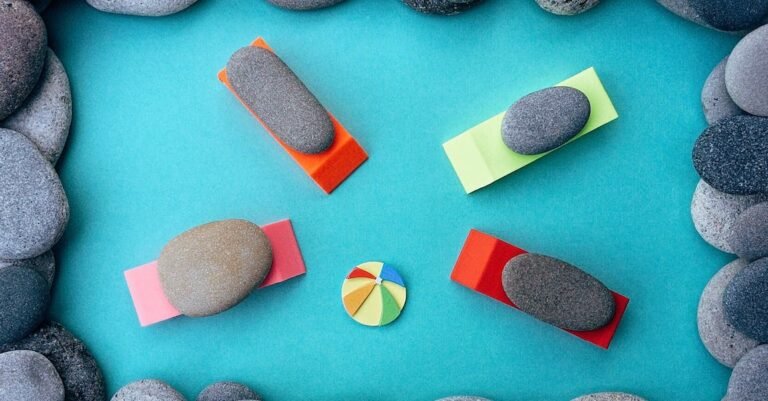Juicing is a wonderful way to change your lifestyle for the better. It can improve your health, heal degenerative health, prevent diseases, and help you to live a happier, healthier, and longer life. Follow these tips and you will be on your way to enjoying a lifetime journey of juicing.
Make sure to leave your vegetables and fruits out at room temperature before juicing. Healthy juice is best at room temperature, so make sure to take the produce out of the fridge for a little while before you make the juice. Drinking cold juice can shut slow down the digestive system.
Juice your softer fruits first and then send down your harder items. The hard textured fruit will do the job of cleaning the fruit that was left behind by the softer items. This means more juice for you and less clean up as well. Follow that trick and you’ll usually get the maximum amount of juice in your glass, not left in the juicer.
Store all your fruits and vegetables in the refrigerator, especially in the summertime. Juicing depends on fresh produce and leaving them out starts the process of decay more quickly. Keep your produce nice and cool until you eat it so that you can preserve as many vitamins as you can.
Beware of too much oxalic acid. If you have a history of kidney stones, gout, osteoporosis or rheumatoid arthritis you will aggravate your symptoms. Foods to avoid are spinach, chard, beets and rhubarb. You also have to remember not to combine them, or follow them with foods high in calcium, such as broccoli.
If you’re serious about juicing, you should dedicate a cool, dark area of your house to storing produce which can be kept long-term. For example, apples can be kept in the garage over the winter as long as they’re not allowed to freeze. Just wash them, get rid of any bad ones, and store them in a covered but breathable container.
It’s best to remove the stems and leaves from fruit and vegetables before you juice them. Some items, like beat tops, can be left in if you so desire. Do some research to find out which leaves are edible, or worth eating nutrition-wise, and which to throw away. Stems could cause damage to your machine, so throw them away regardless of nutritional value.
If you don’t feel you’re getting an adequate amount of a vitamin in your diet, don’t bother buying a supplement! Instead, buy a juicer and do your research to find out which fruit and vegetable are rich in that vitamin. For example, if you’re low in calcium you should juice dark green vegetables like kale.
Fats are still important while juicing. Nuts and seeds contain not only necessary fats but proteins as well. Blending nuts and seeds with your juices will give the juice extra protein, necessary amino acids which help the immune system and the brain and the good types of fat your body needs.
If you’re finally starting to feel your age through aches and pains, taking up juicing can make you feel years younger. You can get a lot of nutrition out of your juice to help you with your memory, joint pain or the death of cells.
If your fruits and vegetables are organic, go ahead and juice the peels as well. The skins of produce are loaded with antioxidants and other nutrients, so peeling them will remove a lot of the nutritional content. The only exception is citrus fruits like oranges or grapefruits, where the rinds are not very digestible.
Drink your juice as soon as you make it! To ensure that the juice you are drinking is as healthy as possible, you should understand that the longer juice sits there, the less nutrients are present. If you allow the juice to sit for a few days, you will not get as many of the beneficial vitamins and minerals. With that said, it is a good practice to drink the juice immediately.
When it comes to juicing, one thing that you want to keep in mind is the fact that it is one of the first and most important steps in a weight loss program. Home made vegetable juice is a fantastic snack that has zero fat and very little calories.
One of the great advantages to drinking natural juiced drinks daily is that it helps cure a variety of different ailments. For example, cabbage juice helps heal different types of ulcers. For this, it is necessary to consult a medical professional first.
Some people claim that mixing fruit and vegetables in your juice leads to indigestion as the enzymes required to break down fruit are very different than those to break down vegetables. I, personally, have never had a problem, but if you find you have any tummy upset after drinking a mixed juice then you should probably stick to one or the other.
When buying a juicer, get one that is easy to clean. If it’s too much trouble to clean it out after using it every day, you’ll quit. The easier that juicing is, the more excited you’ll be every time you do it. Make sure to scrub out the nooks and crannies so no mold develops.
With the tips above, you will be able to successfully enjoy fruit and vegetable juicing and get the most benefits from it. There is no better way to add such a large amount of healthy nutrients to your body. These tips can help no matter what your level of juicing expertise.










